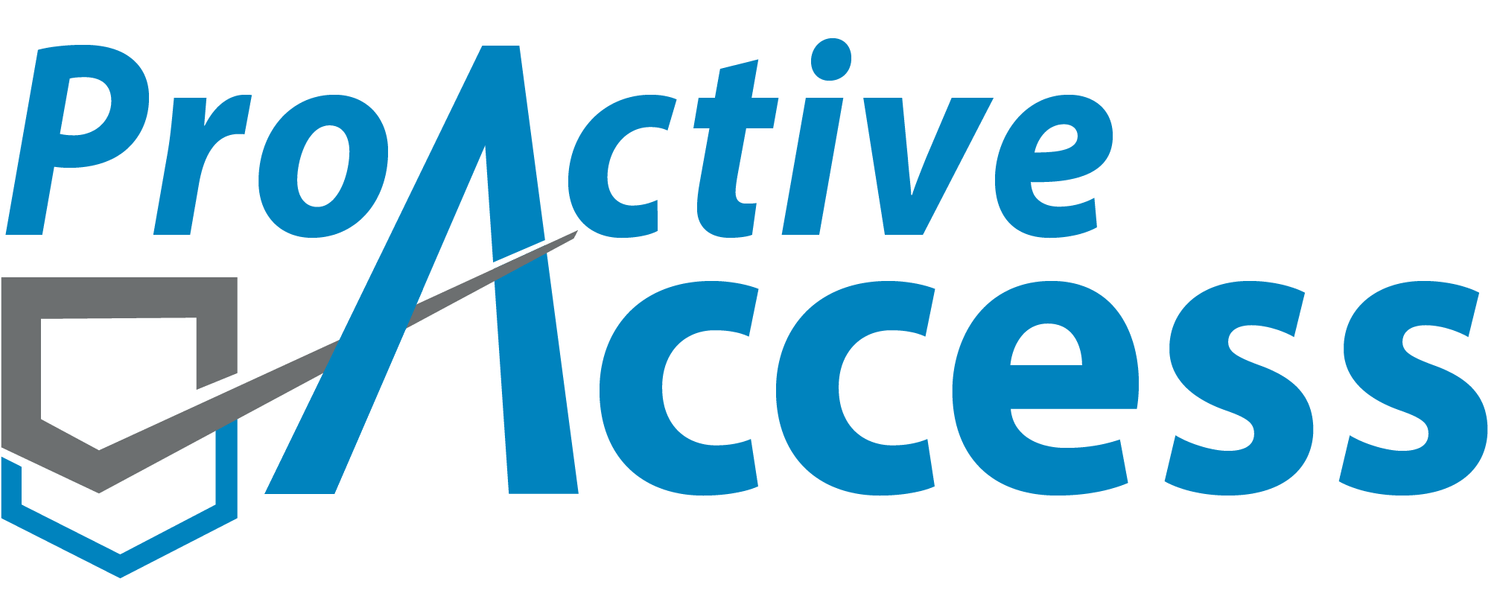Readily Achievable
What Does Readily Achievable Mean?
Readily Achievable is a term that applies to the Americans with Disabilities Act (ADA). The ADA Standards for Accessible Design establishes minimum requirements for new and existing facilities. Facilities that pre-date the ADA (1990) may not meet the minimum standards and require improvements to remove architectural barriers. The intention of the ADA is to promote an accessible environment without creating a significant hardship for businesses.
To strike a balance between achieving accessibility without creating a significant hardship for businesses, the ADA requires all existing public accommodations that predate the ADA to comply with the ADA standards easily accomplishable and able to be carried out without much difficulty or expense. To explain Readily Achievable in the simplest terms, businesses must comply with the ADA if they have the resources to do so.
Readily Achievable barrier removal is determined on an element by element basis. For example, a CASp inspector identities 3 findings during a restaurant evaluation: Non-compliant entry door closing speed, Non-compliant restroom signage, and Non-compliant bar counter seating. The business owner would be tasked with determining if each finding can be improved without much difficulty or expense. In most cases, adjusting the closing speed and installing proper signage is Readily Achievable because these improvements are neither difficult or costly. However, lowering an accessible portion of counter seating may not be Readily Achievable. The business will need to investigate the difficulty, costs and financial resources available to determine if improvement is Readily Achievable. If the business determines that an improvement is Readily Achievable, then it is required to make that improvement.
What Happens If Accessibility Improvements Are NOT Readily Achievable?
Even is full ADA compliance cannot be achieved, all businesses that are open to the public must provide access to the greatest extent possible. If the restaurant owner in the example above determines that lowering an accessible portion of the bar counter will be too costly, they must provide an accessible environment to the greatest extent possible until full compliance becomes Readily Achievable. This could mean that the restaurant must provide a fully accessible table near the bar to provide a dining experience as equivalent to the bar dining experience as possible. The restaurant must continually evaluate if full compliance is Readily Achievable and make a long term plan to see it through.
If I Determine That Barrier Removal is Not Readily Achievable, Can I Still Be Sued?
Yes, anyone can file an ADA lawsuit if a public accommodation does not meet the ADA standards. An owner’s interpretation of what is Readily Achievable can be challenged by a 3rd party. Ultimately, it is the courts that decide if a barrier is Readily Achievable to remove if a legal claim is filed.
We recommend proactively hiring a CASp to evaluate your facility to identify any barriers that do not conform with the ADA Standards. From there, owners can create a barrier removal plan and reduce exposure to an ADA lawsuit. Our CASp inspection experts can assist by providing a CASp report which serves as the foundation of a short term and long term plan to improve accessibility and mitigate litigation risk.

